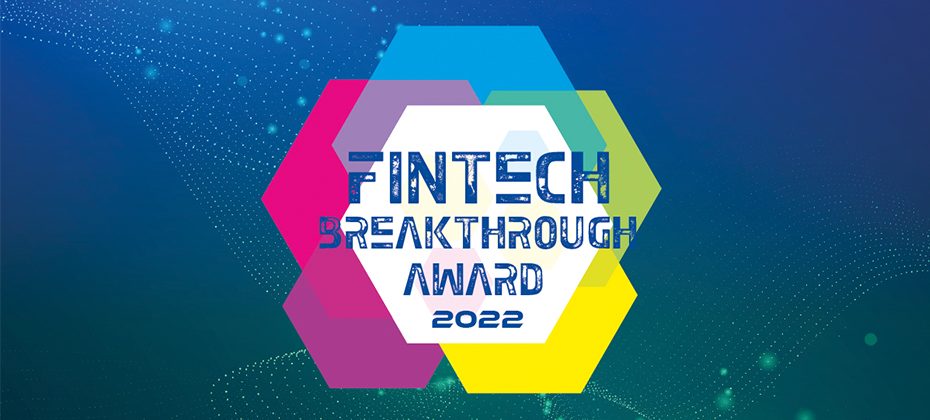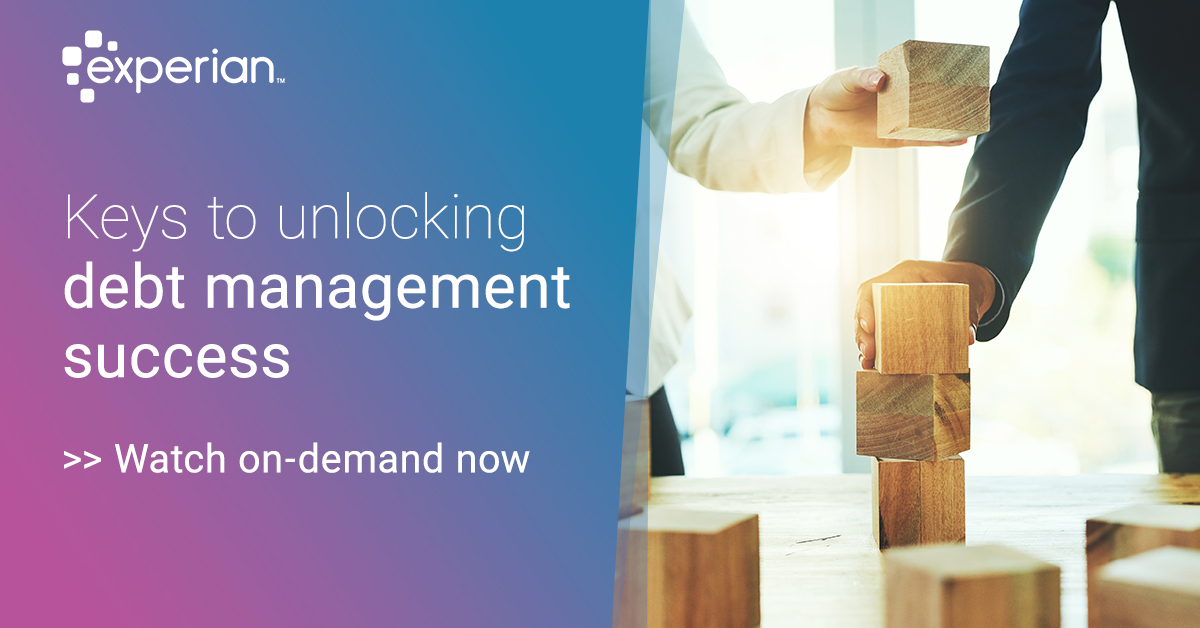Tag: optimization

This article was updated on March 12, 2024. The number of decisions that a business must make in the marketing space is on the...

While today’s consumers expect a smooth, frictionless digital experience, many financial institutions still rely on outdated technology and manual reviews to acquire new customers....

Breaking down, rethinking, and optimizing your debt collection recovery process can be complicated — but you risk falling behind if you don’t invest in...

“I saw an opportunity to create change instead of asking for it.” Day 2 was charged up with new technology; new ideas; and new,...

At Experian, we know that financial institutions, fintechs and lenders across the entire spectrum – small, medium and large, are further exploring and adopting...

The collections landscape is changing as a result of new and upcoming legislation and increased expectations from consumers. Because of this, businesses are looking...

Intuitively we all know that people with higher credit risk scores tend to get more favorable loan terms. Since a higher credit risk score...

This is the fourth in a series of blog posts highlighting optimization, artificial intelligence, predictive analytics, and decisioning for lending operations in times of extreme uncertainty....

This is the first to a series of blog posts highlighting optimization, artificial intelligence, predictive analytics, and decisioning for lending operations in times of...

Debt management is becoming increasingly complex. People don’t answer their phones anymore. There are many, many communication channels available (email, text, website, etc.) and...

Customer experience strategies for success Sometimes it’s easier to describe something as the opposite of something else. Being “anti-” something can communicate something meaningful....

By: Staci Baker As the economy has been hit by the hardest recession since the Great Depression, many people wonder how and when it...

By: Wendy Greenawalt Optimization has become somewhat of a buzzword lately being used to solve all sorts of problems. This got me thinking about what...

By: Wendy Greenawalt Financial institutions have placed very little focus on portfolio growth over the last few years. Recent market updates have provided little...

By: Wendy Greenawalt The economy has changed drastically in the last few years and most organizations have had to reduce costs across their businesses...